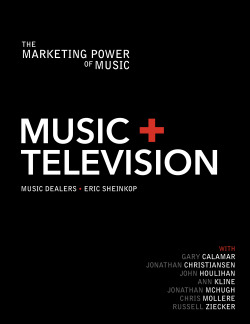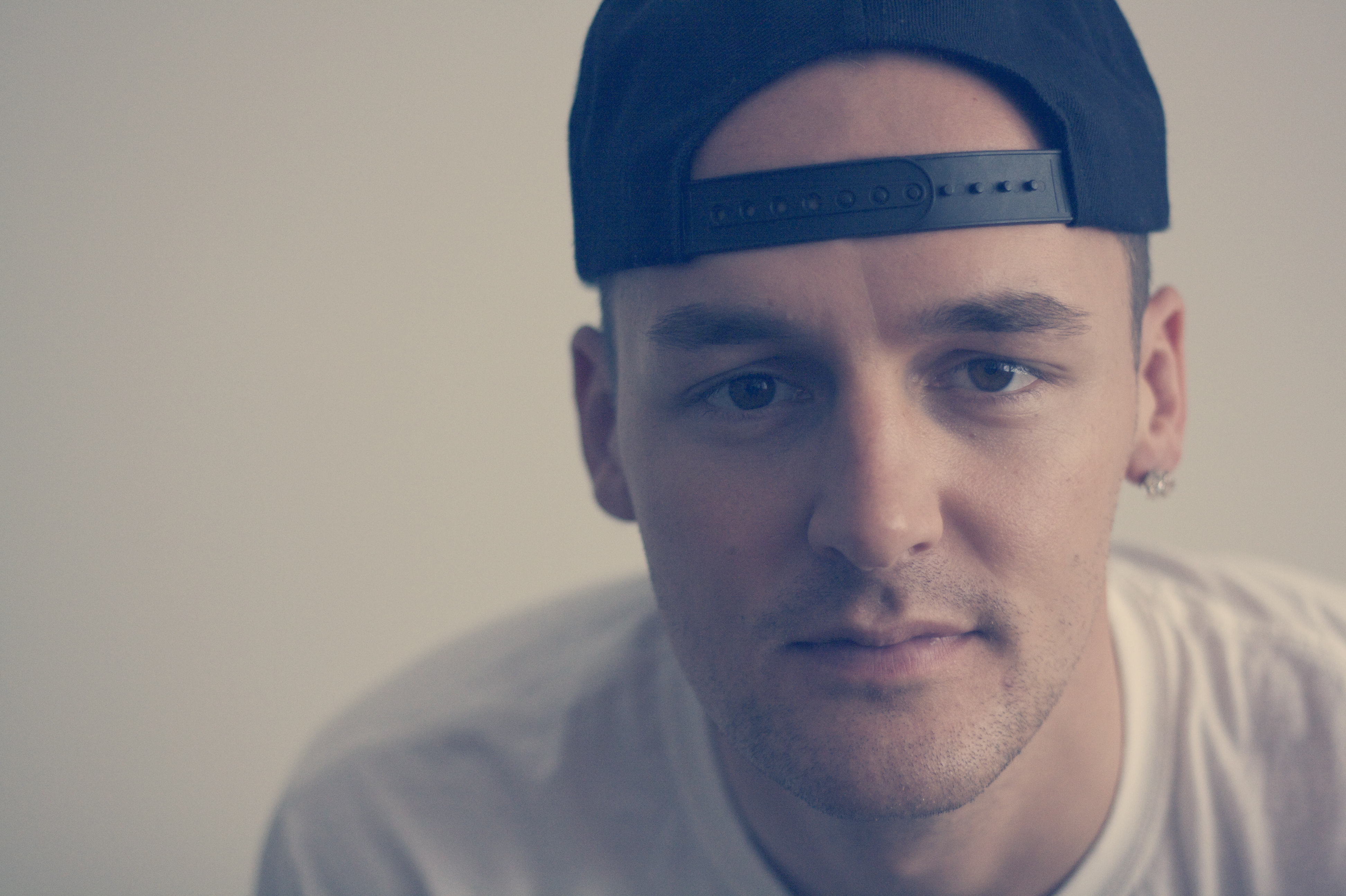 June 26, 2015
June 26, 2015 Music Supervision for the Second Screen
 Increasingly, viewers want to experience television, taking entertainment from the main screen to the myriad of electronic devices that orbit them at any given moment.
Increasingly, viewers want to experience television, taking entertainment from the main screen to the myriad of electronic devices that orbit them at any given moment.
Interacting with other fans, researching background info on the characters, playing mobile games, watching behind-the-scenes interviews: welcome to the new normal. Could music be an overlooked asset that is being underutilized as tv shows contend for engagement? We spoke with a few forward-thinking supervisors that think so.
Many music supervisors and television producers have become aware of these trends, and they are leveraging music across ancillary touchpoints to further engagement with consumers during the program and even long after the show ends. Two forerunners of this model are music supervisors Chris Mollere of Fusion Music Supervision and Jonathan Christiansen of Hit The Ground Running.
For Music Dealers (MusicDealers.com) new eBook, The Marketing Power of Music: Music + Television, we spoke with Mollere and Christiansen on their creative use of music as a marketing tool.
Here’s a portion of our conversation:
Jonathan Christiansen, music supervisor at Hit The Ground Running and Starz’ original series, Power

Music Dealers: One of the things that you guys do at Hit The Ground Running is, on your site you create Spotify playlists for each of the shows you supervise and publish them on your website. What kind of engagement have you seen, either for your company, the artists, or for the shows themselves, from that initiative?
It also creates a sort of social aspect of it. You can follow the playlists - we update them weekly, so anyone who follows the playlist can see the current week’s worth of music. Hopefully they’ll then support the artists and discover their catalog. I think the greatest thing about Spotify - (I’m a huge supporter, I stream hundreds of songs daily) - is the ability to dive into back catalog. As soon as you hear one song, it’s not a trip to the record store in a few weeks when you have the time and money to invest in it. It’s right away you can go back, go “Wow I love this artist,” and you can become a fan of the artists so quickly because it’s right at your fingertips. It’s that discovery factor.
MD: How do you think social media and online formats are changing the way people listen to the music from TV?
JC: The traditional format is to take the songs that you’ve licensed throughout the season and maybe sprinkle in some songs from the soundtrack label in the same vein, and you’d put out a soundtrack of maybe 18 tracks. Where do we go from there? With streaming the norm, does it just become a Spotify playlist? How long will an iTunes soundtrack survive? Or does it become a free mixtape online hosted by a DJ? What’s the next thing? It’s always going to evolve, but it comes back to exclusive content that fans can’t get anywhere else, and a highly curated approach that ties in closely with the show.
MD: How do you decide which artist to work with for a placement? For example, what would be the value of using a real artist vs. using score or production music? Or an independent artist vs. a major artist?
JC: Well the first thing that comes to mind is that viewers are very perceptive, the world is very connected, and people know how to find information easily. If you Shazam something, then that means you want to know if it’s a real piece of music. If someone Shazams the song, and it’s on Spotify or on Soundcloud, that’s a real crossover, that’s a real opportunity to engage a viewer and create a potential real-life fan, as opposed to a show using stock production library music, a piece of music that’s not going be promoted. For those syncs, they’re not an artist: they just were paid a couple hundred bucks to create a bunch of sound-alike, C-grade songs.
Licensing real indie artists in as many spots as physically possible gives authenticity to that piece of the show, and I think the savvy shows and music supervisors are recognizing that. Basic economics tells us higher supply (more artists, with widespread access to high-quality recording equipment) drives a lower price point in the marketplace, which benefits music supervisors in this area of being able to afford independent artists where they once maybe needed to use generic, stock music.
Chris Mollere on The CW original series, The Vampire Diaries
 Music Dealers: You’re very comprehensive in the ways you go about working with music. And one of those things is you announce all of the songs on Twitter, specifically for “The Vampire Diaries”.
Music Dealers: You’re very comprehensive in the ways you go about working with music. And one of those things is you announce all of the songs on Twitter, specifically for “The Vampire Diaries”.
Chris Mollere: Yeah, for “The Vampire Diaries” and “The Originals” I tweet out all the song lists and all that, because I know the fans want it right away.
MD: What kind of engagement does that generate?
CM: Number one, it gets fans excited about it. They can have the information that they want to know right away, so they can go buy it. I also send the song list to Shazam to make sure they have everything tagged, so basically any time anybody searches the show, the song list will pop up, and they can go buy it right away. If we miss out on that then the artists are missing out. And if we don’t support the artists then we won’t have music to place, because the artists are going to have to go and get jobs, because they can’t focus on music. And from there we’re all going to be hurting.
MD: Was reaching out to Shazam an initiative from the network, from the television show, or was that something that as a supervisor you brought to the table?
CM: No, that’s basically me having a relationship with Shazam, talking with them, and just making sure that whenever fans are trying to figure out the songs from the shows, between Twitter and Shazam, there is a list out there. I do it with the network as well: I send out a list to them and they put it on the website. Nothing goes up until after the show. They didn’t want to put it up night-of, because then everyone can tell what’s going to be in there, so I wait to put it up until after the west coast airing. And Shazam will have it, so people can tag it. If they don’t have a song, I’ll send them songs, so they can go in the library.
MD: Is there a particular time that you can recall when that kind of engagement brought value for the artist or brought more talk or chatter about the show?
CM: Yeah, I remember we premiered a new Sigur Ros track from their last record on The Vampire Diaries two weeks before the record came out. I was talking them into doing it, but once they did, they started advertising for it and there were people that actually watched the show because the band was having a song premiere on The Vampire Diaries, because it couldn’t be heard anywhere else.
MD: Do you think this is the future of music supervision? Using social media and the web to promote the artists whose music is being synced with the show?
CM: I’m just afraid of what’s to come if we don’t support our musicians or find a happy medium, which I think is very possible. With something like Spotify or Beats, if a good percentage - and not even a majority of people - paid for premium accounts and things like that, there’d be more money in the music industry than anybody’s ever imagined. But people are so f*#@ing cheap that they won’t pay ten bucks a month, and they want everything for free, which in the long run is going to f*#@ everybody soon.
To read the complete interviews download the eBook The Marketing Power of Music: Music + Television.






Reader Comments